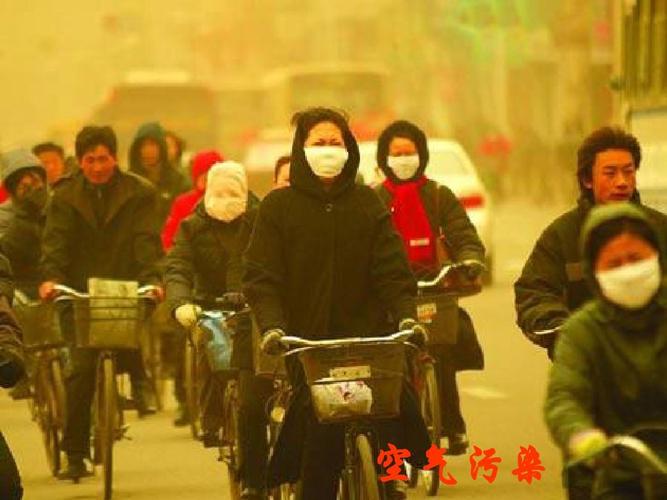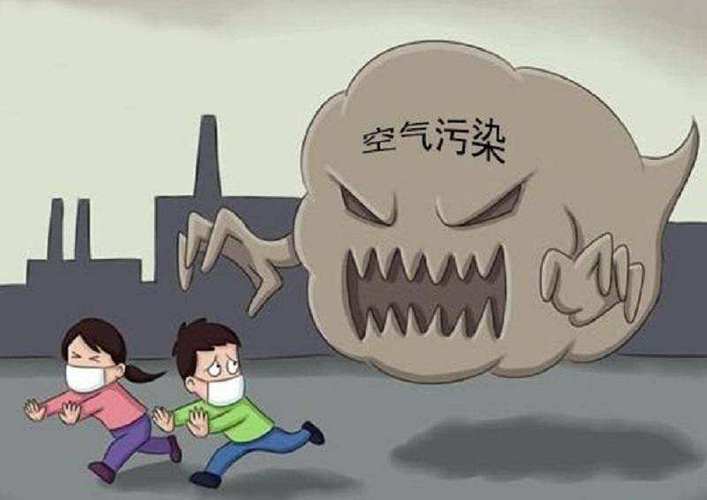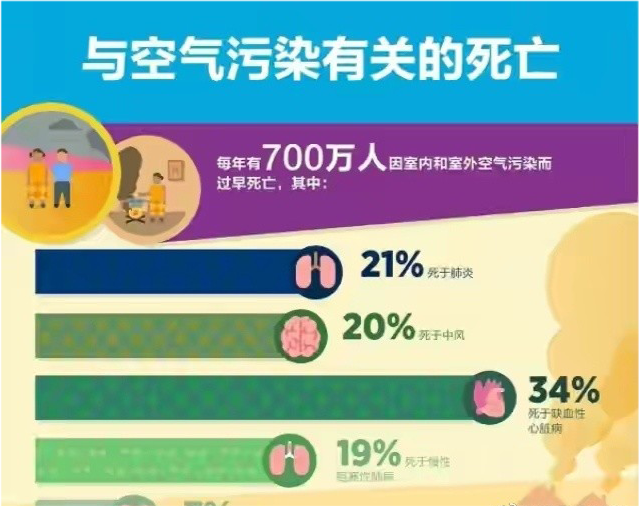Air Pollution
Problem:


At present, the air pollution situation in China is still very serious, mainly manifested in soot pollution. The concentration of total suspended particulate matter in the urban atmospheric environment generally exceeds the standard; Sulphur dioxide pollution has been at a high level; The total amount of motor vehicle exhaust pollutant emissions is increasing rapidly; Nitrogen oxide pollution is on the rise.
Cause:

1. The energy and utilization are unreasonable, and the energy waste is serious
The irrational use of energy and the serious waste of energy are one of the reasons for the serious air pollution in China, which are mainly manifested as follows:
2. Weak environmental awareness and insufficient understanding of sustainable development strategy the atmospheric environment is a valuable resource for human survival, and the destruction of atmospheric environmental resources is an irreversible process. However, this concept has not been fully understood and recognized by some departments and regions for a long time. They only study the needs of short-term and partial economic development, and lack research on the protection of the atmospheric environment in the formulation of some comprehensive economic policies, industrial policies, and urban construction and development plans, and often sacrifice the environment in exchange for rapid economic development, which constitutes a situation of blindly expanding the scale of production, indiscriminately paving the way, duplicating construction, having a low level of technology and equipment, wasting a large amount of energy and resources, disorderly development of township and town enterprises, and the circulation of inferior coal out of control. Therefore, the introduction of local policies that lack research on environmental protection is itself an inducement to aggravate air pollution, and the environmental harm and losses caused are irreversible.
3. Insufficient investment in air pollution prevention and control
At present, the national investment in pollution control and urban infrastructure construction related to pollution prevention and control accounts for only 0.7% of the gross national product, which is seriously insufficient compared with China's serious environmental pollution, too many historical debts, and the demand for environmental protection investment in rapid economic development.
4. Lack of practical governance techniques
Although China has done a lot of work in the research, development, promotion and use of air pollution control technology and equipment, there is still a large gap with the demand for air pollution control, and the investment of funds, manpower and the degree of commercialization of practical technology are far inferior to those of developed countries. The weaker areas are clean coal technology; metallurgy, chemical, building materials and other industries of industrial kilns and production facilities emission pollution control technology; Purification technology in motor vehicles, etc. The lack of practical technology directly affects the process and effect of air pollution control.
5. Law enforcement is not strict, and supervision and management are insufficient
Although great progress has been made in the construction of air pollution prevention and control laws and standards in China, the phenomenon of not abiding by the law, not strictly enforcing the law, and not prosecuting those who violate the law is still very serious.
Consequences: 


The harm of air pollution endangers human physical and mental health, and there are a variety of solid particles suspended in the polluted atmospheric environment, and a large number of these particles will form haze, and human beings live in this atmospheric environment for a long time, which will not only affect people's mood, but also induce various diseases, especially the elderly and infants with low immunity, and are prone to have an adverse impact on their physical and mental health. For particulate matter with an aerodynamic diameter of less than or equal to 10 μm (i.e., PM10), it can be directly inhaled into the respiratory tract by humans, and long-term accumulation will cause respiratory diseases, in which particulate matter with an aerodynamic diameter of less than 2.5 μm (i.e., PM2.5) enters the alveoli through the throat, and PM2.5 is continuously deposited in the alveoli into the blood circulatory system, which can cause diseases related to cardiopulmonary dysfunction, asthma, cough, dyspnea, cardiovascular and other diseases may occur. In severe cases, it can even cause liver failure. Affect the climate and environment and intensify the greenhouse effect: With the increase of population and the acceleration of economic development and industrialization, human beings release a large number of greenhouse gases into the atmosphere, resulting in excessive CO2, CH4, N2O and other greenhouse gases in the atmosphere, which have a strong ability to absorb ground radiation and form a greenhouse effect. The intensification of the greenhouse effect has caused excessive heat accumulation in the lower atmosphere of the earth, and the surface temperature has continued to rise, resulting in natural disasters such as hailstorms, floods, and droughts in some areas all year round. Global warming: Due to the expansion of human production activities and the increase of the earth's population, a large number of greenhouse gases are emitted, especially the greenhouse gas CO2, which is not sequestered in time, so that the concentration of CO2 is always maintained at a high level, thus exacerbating the greenhouse effect, and the intensification of the greenhouse effect accelerates the process of global warming. Global warming will affect natural ecosystems, for example, sea level rise, glacier retreat, permafrost melting, sea level will rise by 6cm every 10 years, so some coastal areas will be submerged. Global warming will also make the climate abnormal, resulting in extreme weather with hotter summers and colder winters, which are prone to drought and flooding. At the same time, global warming has extended the distribution range of animals and plants to the polar regions and high altitudes, accelerating the extinction of species, which may lead to changes in natural ecosystems, and global warming will threaten the normal survival of humans and other animals and plants.